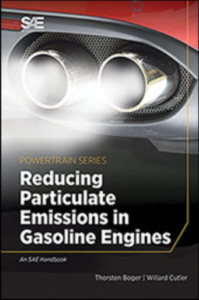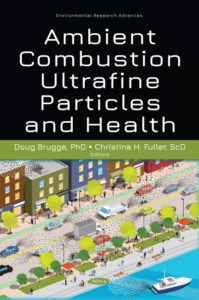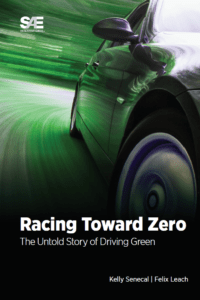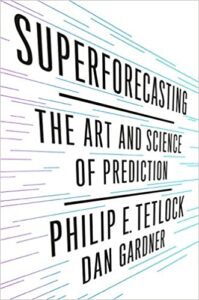Book Recommendations
Note : Purchase links will take you to the external website
Reducing Particulate Emissions in Gasoline Engines
Edited by Thorsten Boger & Willard Cutler
Published by SAE
(Almost) everything you need to know about gasoline particulate filters (GPFs): from the regulatory drivers and health benefits to the actual technology details and system level considerations. This is a must-read if you are working on gasoline emissions controls.
The book covers the technical and practical aspects of GPF performance in great depth – filtration, backpressure, coatings, regeneration, and more.
Ambient Combustion Ultrafine Particles and Health
Edited by Doug Brugge & Christina Fuller
Published by Nova Science Publishers
This is a great reference to get started on everything related to ultrafine particulate matter and its impact on human health. Book covers a lot of ground through its four main sections:
- Sources and spatial variation
- Exposure Assessment, Fate and Transport in the Body
- Epidemiology and Health Effects
- Regulation and Exposure Reduction
There are very few references which make the connection from fundamentals of PM formation and health effects to regulatory policy making. Also, this gives a good perspective on the history of the topic – we have come a long way on regulating UFPs (and have a longer way to go!)
Racing Towards Zero – The Untold Story of Driving Green
By Kelly Senecal & Felix Leach
Published by SAE International
With chapter titles such as “Law and Order”, “From Warm Embrace to Scandalous Affair”, ” Resistance is Futile”, “Fifty Shades of Green” – you may be forgiven for picking this book up for your next suspense thriller read. And for die-hard mechanical engineers, this does read like a thriller. The authors take us through the history of the internal combustion engine and our ongoing journey to decarbonize the transportation sector. It is specifically written to be an easy (yet serious) read, something that both the technical and not-so-technical person can enjoy. Recommendations are made at the end on tools that will help us reduce CO2 emissions.
The key message is that “the future is eclectic”, that hybrids will play an important role in the years to come, and that several powertrain choices will have to be offered and improved to lower our carbon footprint while also meeting the varied transportation needs.
Automotive Emissions Regulations and Exhaust Aftertreatment Systems
By Andrea Strzelec and John Kasab
Published by SAE International
If you are looking for an “exhaustive” summary of automotive emissions – from the formation to control technologies to sensors and OBD and even the impact of new fuels – this is one book that you should add to your shelf.
Chapters cover these topics (all pertinent to automotive applications)
Emissions formation
Regulations, Emissions Test protocols & Measurements
Sensors & OBD
After-treatment systems and component technologies – oxidation catalysts, TWC, LNT, Particulate filters, SCR, ASC, Passive after-treatment systems (PNA/HCT), combined after-treatment systems (e.g. SCRF, GPF//TWC)
Alternative fuels
There are books which look good on your shelf and others which you actually read and go back to time and again. This one’s in the latter category (and yes, looks cool as well). It’s a must-have especially as the industry prepares for upcoming stringent regulations across the world.
Superforecasting – The Art and Science of Prediction
By Philip Tetlock and Dan Gardner
Superforecasters often tackle questions in a roughly similar way – one that any of us can follow: Unpack the question into components. Distinguish as sharply as you can between the known and unknown and leave no assumptions unscrutinized. Adopt the outside view and put the problem into a comparative perspective that downplays its uniqueness and treats it as a special case of a wider class of phenom-ena. Then adopt the inside view that plays up the uniqueness of the problem. Also explore the similarities and differences between your yews and those of others-and pay special attention to prediction markets and other methods of extracting wisdom from crowds. Synthesize all these different views into a single vision as acute as that of a dragonfy. Finally, express your judgment as precisely as you can, using a finely grained scale of probability.
Like it ? Share it !





